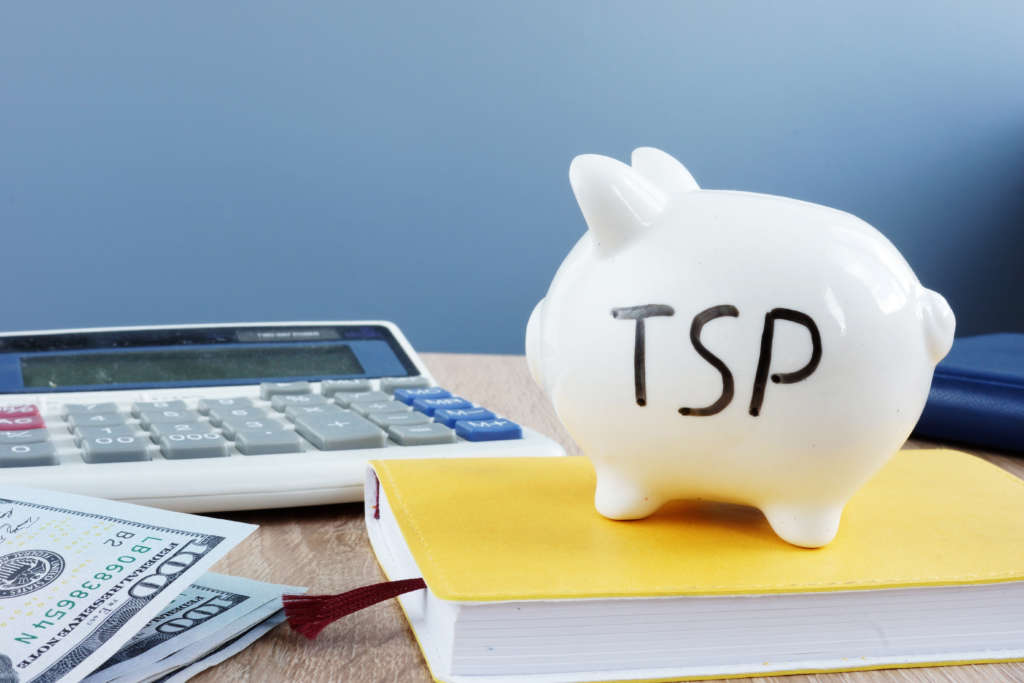
The good news for the nation’s biggest bloc of investors — active and retired federal/military people — is that they’ll soon have 5,000 new funds to choose from. That’s in addition to the 15 basic choices they have now. They cover the U.S. stock market (C and S funds), part of the international stock market (I fund), bonds (F fund) and guaranteed U.S. Treasury securities (G fund). There are also 10 self-adjusting target date funds….
READ MORE
The good news for the nation’s biggest bloc of investors — active and retired federal/military people — is that they’ll soon have 5,000 new funds to choose from. That’s in addition to the 15 basic choices they have now. They cover the U.S. stock market (C and S funds), part of the international stock market (I fund), bonds (F fund) and guaranteed U.S. Treasury securities (G fund). There are also 10 self-adjusting target date funds. That’s in keeping with the congressional mandate when the TSP was setup: Keep it simple, keep it low cost! After all, members of Congress, staff, federal judges and others are in the federal 401(k) plan too!
The 5,000 new choices will include funds with social goals, real estate and other special interests. Many of them may be close to your heart. The question is will they also make money and build your retirement nest egg? It might have to last 20, 30 or 40 years of inflation and other upheavals. Check out the new choices.
Retirement benefits for career feds and military personnel will be based on their length of service and salary. Unlike the vast majority of private pension plans, the federal-military programs are protected from inflation. Benefits will come from three sources: The federal/military annuity or retired pay, Social Security and the TSP. Which makes it so important to everybody. The TSP could supply one-third or more of the spending money retirees will have.
So far, so good! But every top has a bottom, right?
The bad news for that same federal-military investment group now on more or less automatic pilot is that they soon will have all those new choices and fund options. That will make frequent trading easier. And more confusing. And definitely more expensive. How would you handle 5,000 new TV channels? Frequent traders will have more chances to zig when they should have zagged. And to read (or time) the market incorrectly. Knowing when to buy low and sell high. Most investors know the concept. Few have actually made it pay off.
Arthur Stein, a D.C.-area financial planner, has been tracking the TSP for clients for decades. And several of his clients are self-made TSP millionaires. He urges people to invest for the long haul. And avoid what he believes is risky behavior: when clients have too much of their retirement nest egg in the G fund. Which is what we’ll talk about today when he’s my guest on our Your Turn show at 10 a.m. EDT. You can listen live at federalnewsnetwork.com or 1500 AM (in the Washington-Baltimore area) or listen later. Because of all the TSP changes this is one you don’t want to miss. If you have questions for him you want answered on air, send them to me before show time at mcausey@federalnewsnetwork.com.
Nearly Useless Factoid
By Daisy Thornton
The pop-up toaster was patented in 1921, nine years before Wonder Bread introduced sliced loaves.
Source: Overstock.com
